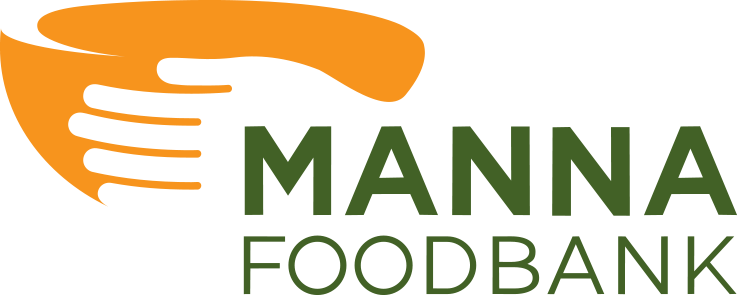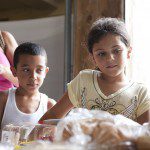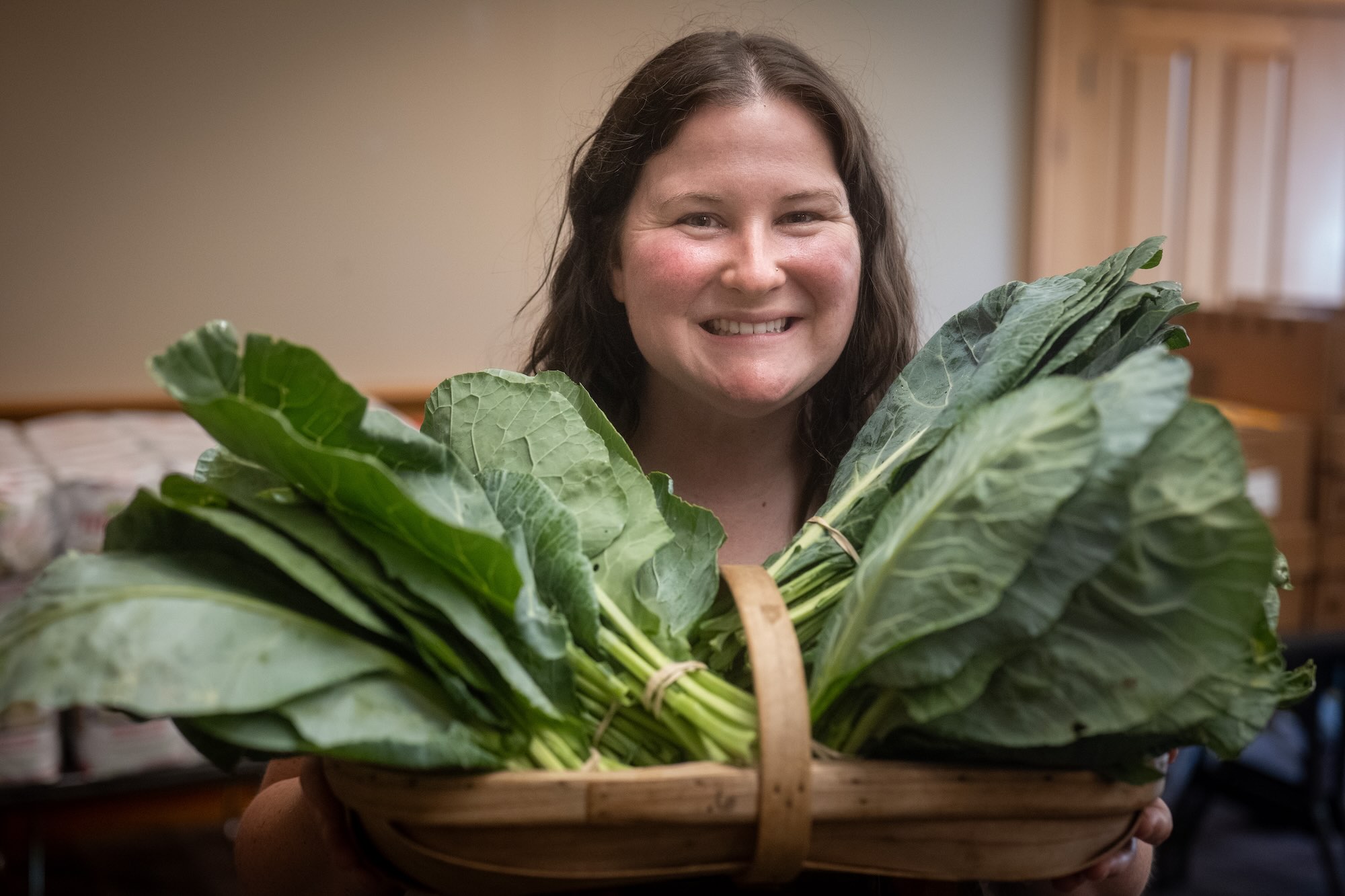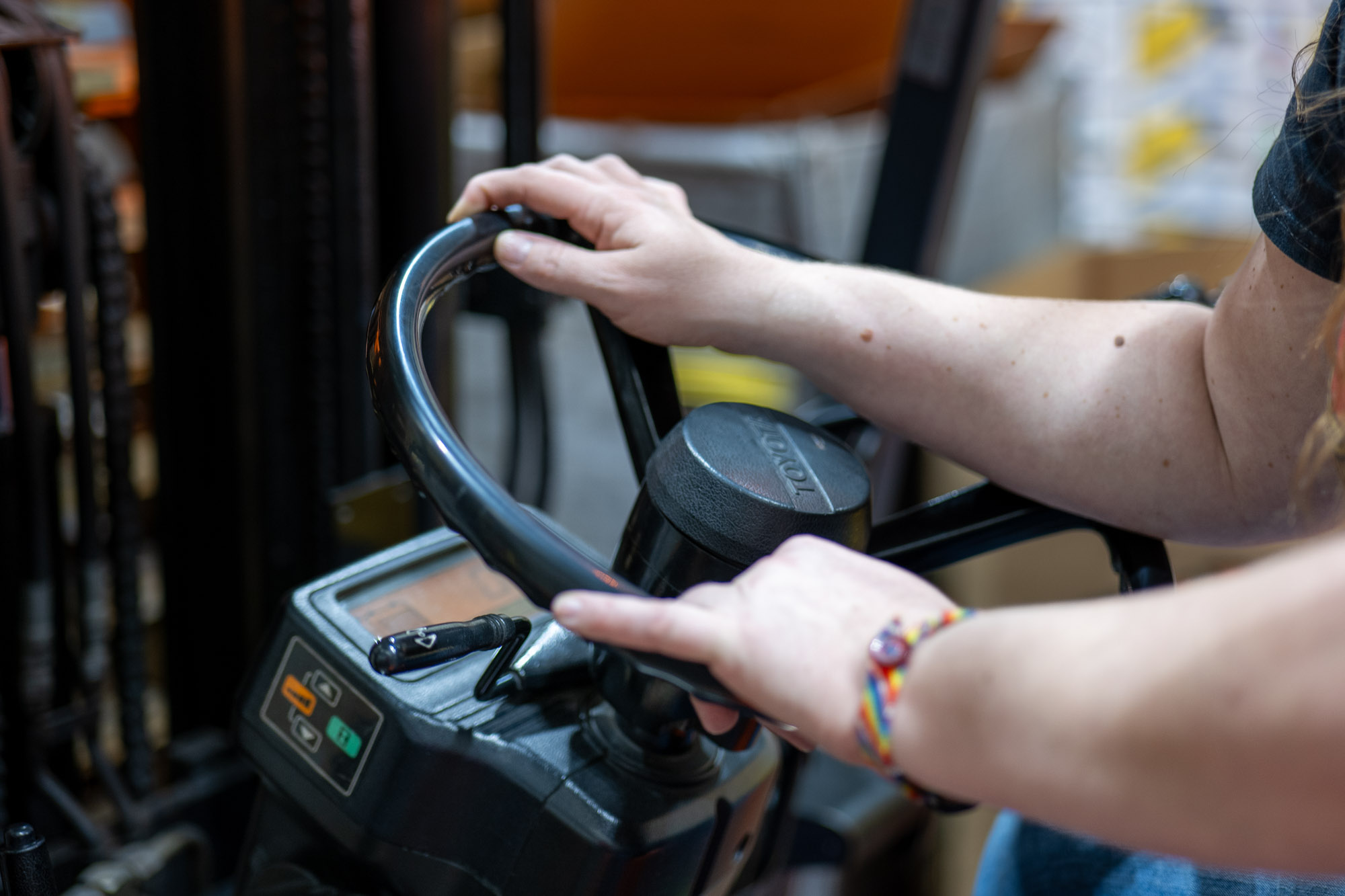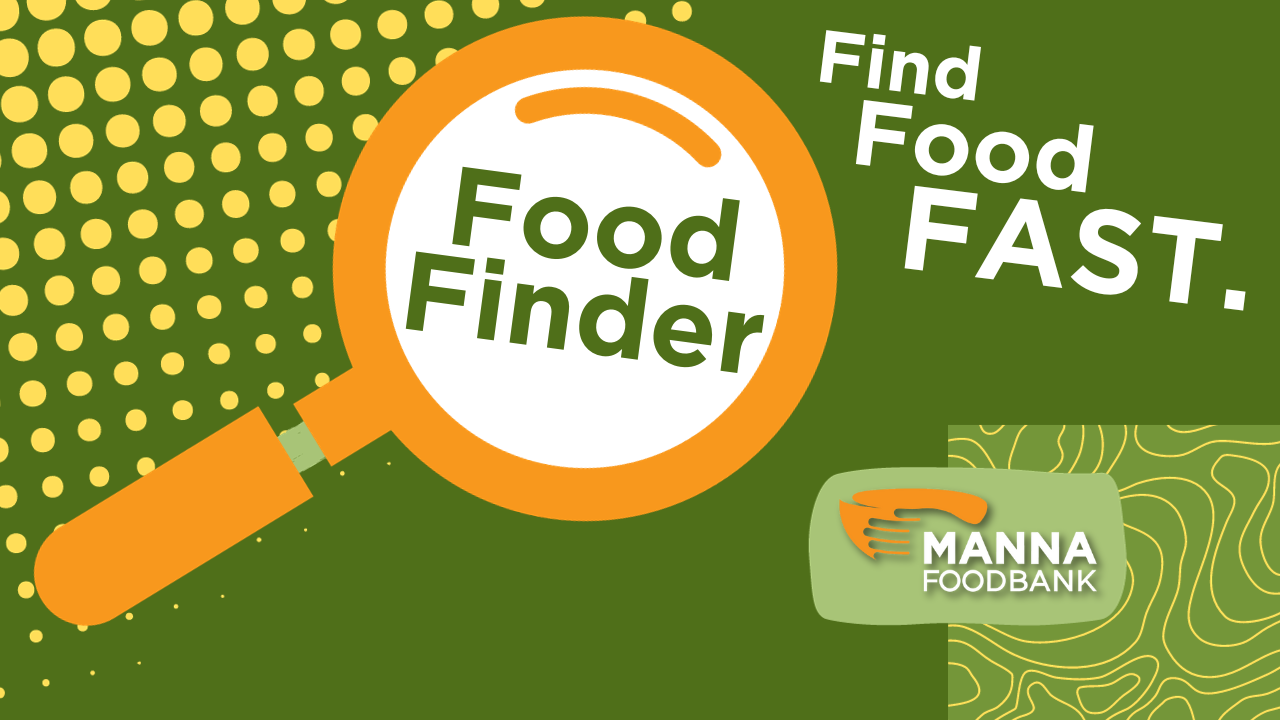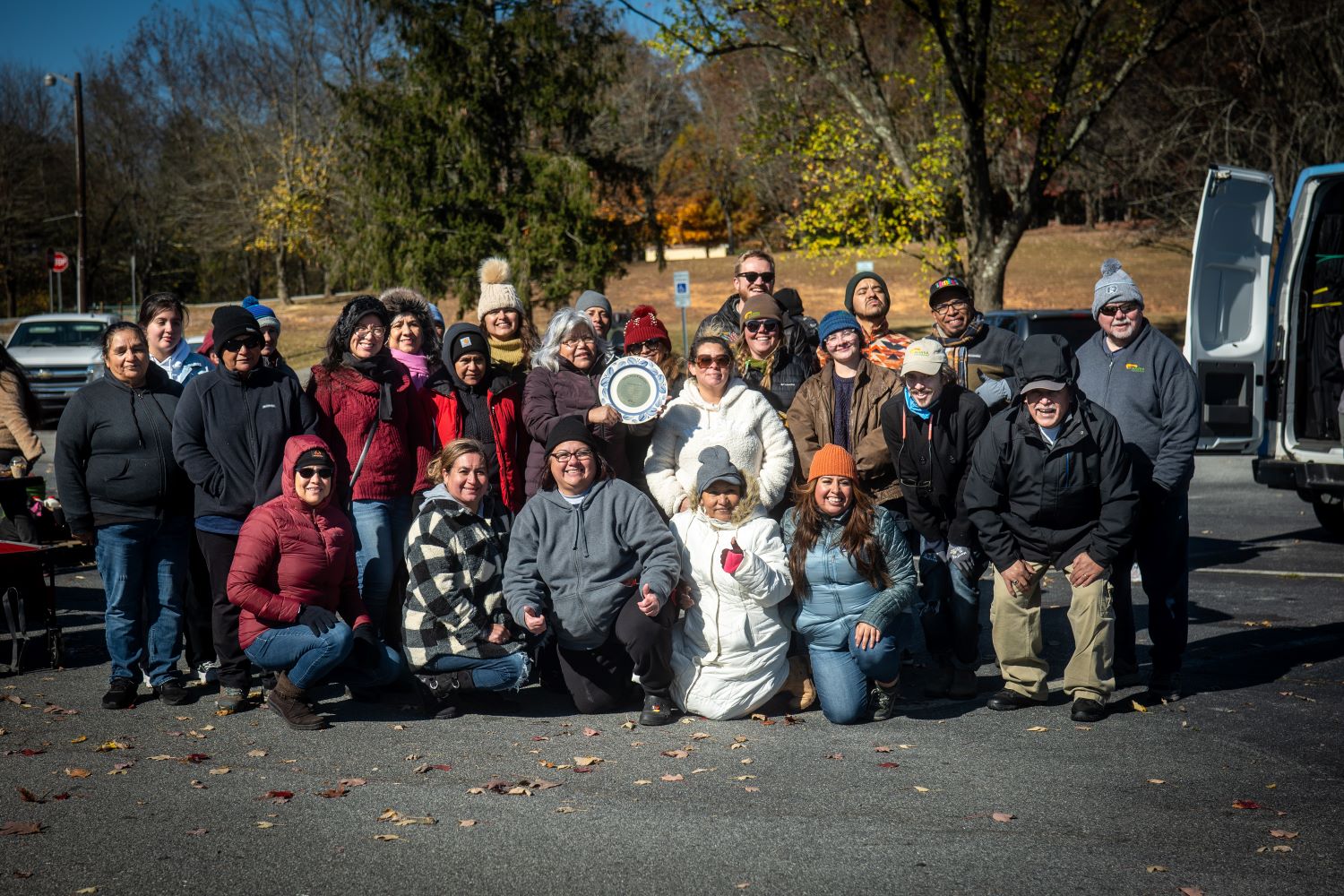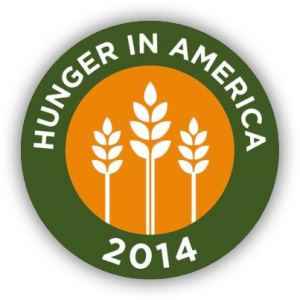 Largest, Most Comprehensive Analysis of Charitable Food Assistance in America Reports 107,600 Served by MANNA FoodBank Annually
Largest, Most Comprehensive Analysis of Charitable Food Assistance in America Reports 107,600 Served by MANNA FoodBank Annually
A new study by Feeding America, the largest domestic hunger relief organization, shows that an estimated 107,600 people in Western North Carolina turn to food pantries and meal service programs to feed themselves and their families. This is a slight increase over the last WNC Hunger in America study conducted in 2010, which estimated 106,600 people seeking food assistance.
Locally, the study was funded by The Community Foundation of Western North Carolina. The results give not only the demographics of clients served in the 16 counties in WNC but also sheds light on the challenges they face, such as health issues and barriers to work, as well as coping strategies.
The Hunger in America 2014 local findingsshow that an estimated 13,000 people are served each week by the over 200 partner agencies that are part of the MANNA network. In MANNA’s most recent fiscal year, it distributed over 14 million pounds of food, an increase of 22 percent over last year.
Nationally, Hunger in America 2014 found that more than 46 million people turn to agencies and programs of the Feeding America network of food banks every year. “The Hunger in America 2014 findings demonstrate the urgent need for all of us to address hunger in our communities,” said Bob Aiken, CEO of Feeding America. “This data provides a factual basis for decisions about how we as a nation approach hunger relief and protect our most vulnerable citizens.” MANNA FoodBank has been a member of the Feeding America network since 1993.
Key Findings of the Western North Carolina Report:
- 60% live on a monthly income of $1,000 or less; 85% live on a monthly household income of $2,000 or less.
- 1 in 10 households have a grandparent who is the primary caregiver for a grandchild.
- More than half (56 percent) report at least one employed person at some point in the past year.
“These statistics support what we hear from our partner agencies regarding increased demand, but just as importantly, this study helps us understand the everyday struggles of the people we serve,” said Cindy Threlkeld, MANNA Executive Director. “60 percent of the households that seek food assistance in Western North Carolina are surviving on less than $1,000 a month. This fact alone necessitates constant trade-offs: food or medicine, food or a warm home, food or transportation. The physical and psychological stress on our clients is heart-breaking.”
Spending trade-offs for people seeking food assistance were very common. 3 out 4 households chose between paying for food and paying for utilities at least once in the past year. Over half of households had to choose between paying for food and paying for housing.
The study also provided a snapshot of the health of the people seeking food assistance in WNC.
Key Findings:
- 31% of households have a member with diabetes
- 55% have a member with high blood pressure
- 63% of households chose between paying for food and paying for medicine and medical care in the last year.
Unfortunately, the number one coping strategy for a lean food budget was “Buying cheapest food available regardless of the health content,” cited by nearly 9 out of 10 households. MANNA is doing what it can to combat that hard reality; in the last year, MANNA distributed 3.3 million pounds of fruits and vegetables.
“Due to a shortage of cooler and freezer space, we aren’t always able to keep up with the demand,” says Threlkeld. “We’ve actually had to turn away a half million pounds of food — nutritious foods like yogurt, chicken and produce — simply because we lacked the space.” MANNA is currently undergoing a renovation to increase the amount of fresh food it can acquire and distribute.
“Even though our vision is a hunger-free WNC, we would be remiss if we did not consider the overall health of the people we serve,” said Threlkeld. “The top products that clients listed that they desired but did not currently receive at their pantry or food program were fresh fruits and vegetables, meats, and dairy products. 3 out 5 people requested more fruits and vegetables. That tells me that we’re on the right track at MANNA in our efforts to provide these foods.”
Hunger in America 2014 was conducted using rigorous academic research standards and was peer reviewed by a technical advisory team including researchers from American University, University of Illinois at Champaign-Urbana, and the Urban Institute. Nationally, confidential responses were collected on electronic tablets by 6,000 trained volunteer data collectors.
The study was funded by The Howard G. Buffett Foundation. Locally the study was funded by The Community Foundation of Western North Carolina. See a full copy of the report Hunger in America 2014.
